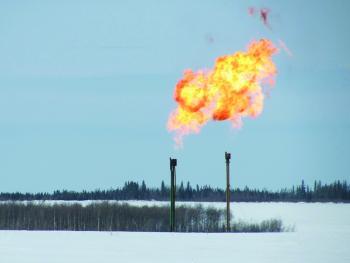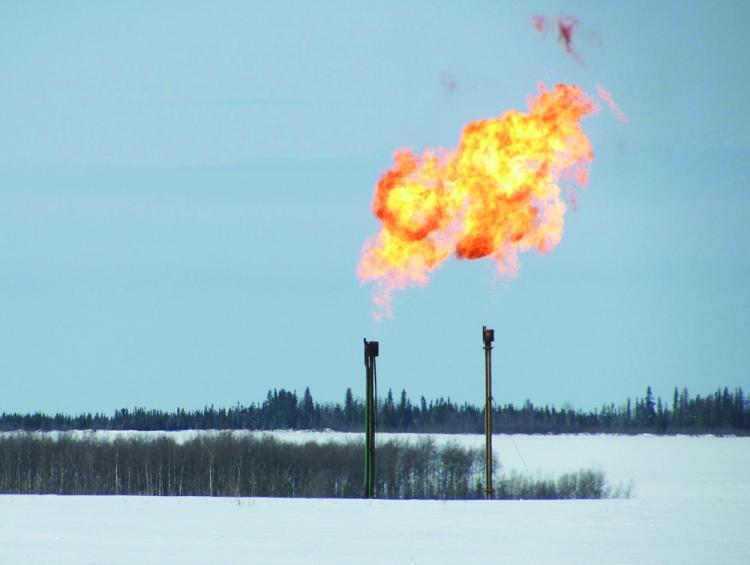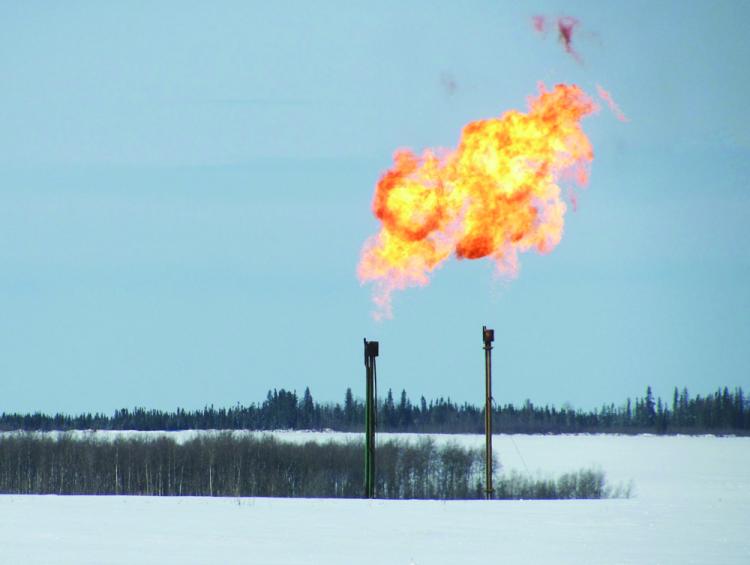Groups concerned about the effects of sour gas in B.C.’s Peace Country are calling for a public inquiry following reports of adverse health effects blamed on the gas.
Lois Hill, director of the Peace Environment and Safety Trustees Society (PESTS), says community members have reported common symptoms typically found after exposure to hydrogen sulphide, also called sour gas.
“I’ve collected information from a lot of people in the area and they’re all talking about the same thing—headaches, nausea, and breathing problems,” she says, “In acute exposure with any of the toxins it can be fatal. There have been some rather acute exposures.”
The call for the inquiry from PESTS and the University of Victoria’s Environmental Law Centre is supported by the Northern Health Authority, local First Nations, and the Peace River Regional District, among others, says Hill.
The most recent gas leak occurred Feb. 6 when residents about 40 kilometres northeast of Peace River complained of a “rotten egg smell.” Shell Canada is now under investigation after the leak was traced back to their plant near Peace River, Alberta. The oil tank had been releasing sour gas for almost an hour before it was discovered.
In November 2010, oil giant EnCana came under investigation by B.C.’s Oil & Gas Commission (OGC), when one of their pipelines released dangerous toxins strong enough to kill a horse and injure a woman in the nearby village of Pouce Coupe.


